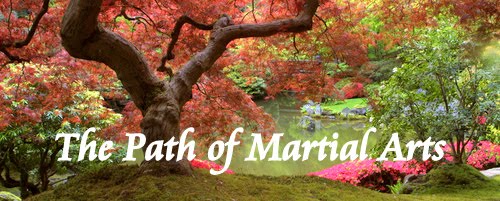
Matsurii(まつり) or festival is a very important part of Japanese life. Most Japanese people see at least one festival a year be it the firework shows at the start of August or new years. The festival period in Ryukyu (Okinawa archipelago) Starts at the end of July and finishes at the end of August. The matsurii can be religious or just for fun.

The most common type of Matsurii (まつり)in Ryukyu (琉球)is Hounensai. Hounensai is a harvest festival and is aimed at asking the dead elders (ancestors) for the yearly blessing for good crops. There are many shrines located on Ishigaki that often have no main Kami (god) but are for the 死んだ人々の神 Shinda hitobito no kami(spirits of the dead). They give offerings of food, saka, dance and play music. Each Shrine has a Torri and a Kami dana (god shelf a kind of shrine), but for most of the year the kami dana lay empty. So are even locked up.





I was asked to partake in a matsurii (まつり). The matsurii (まつり) I went to was it the middle of no where. This Jinja (shrine) only got used three times a year. I helped clean up at the end. The dojo I was training with also did a demonstration. I got to preformed a shotokan kata kanku sho (観く). Kenoh Sensei did kata also and then he broke baseball bats with his arms and legs. There was dancing and taiko, taiko is a type of drum that is often used at festival. There were also flags. The flag said about working together to make a great harvest.


















